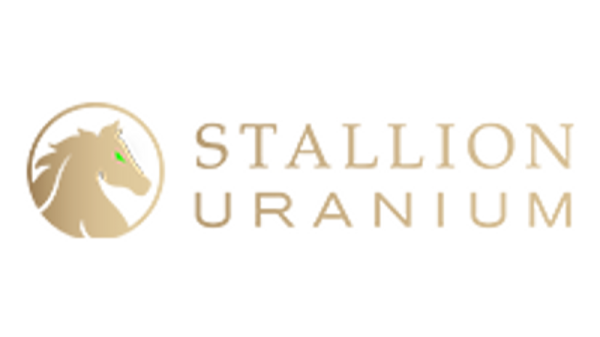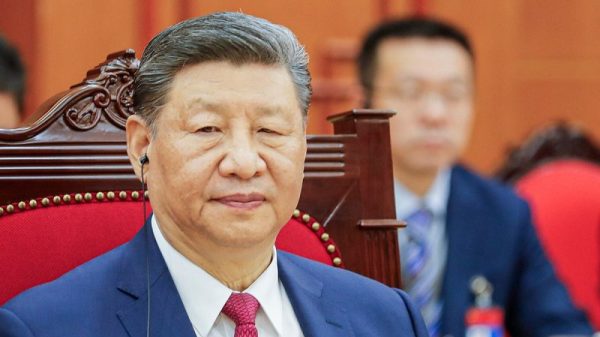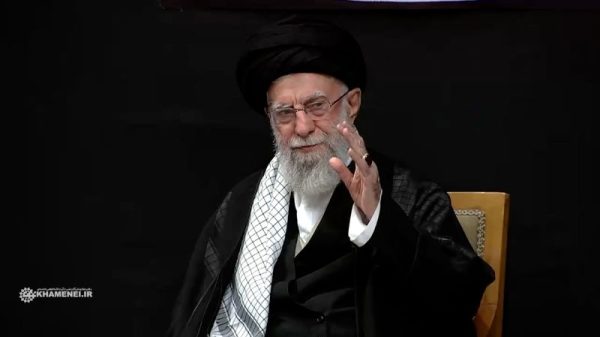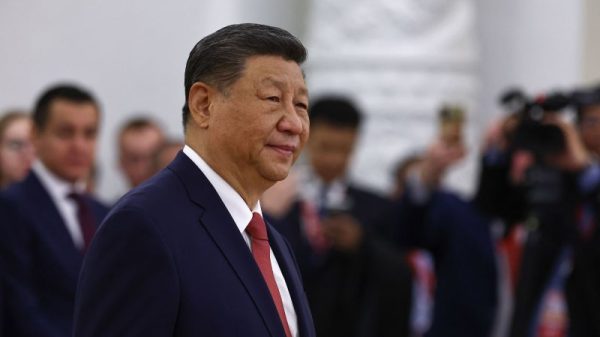SpaceX’s hulking Falcon Heavy rocket will return to the skies Thursday evening, and this time it’s launching a mysterious spacecraft for the US military that will carry out cutting-edge research.
The rocket is scheduled to lift off from NASA’s Kennedy Space Center in Florida at 8:07 p.m. ET, carrying the military’s X-37B space plane — which is uncrewed and operates autonomously — to unprecedented altitudes. The launch will stream live on SpaceX’s website.
It is not clear, however, exactly where the space plane is going.
The X-37B’s activities in space have long been the subject of fascination and speculation in the space community as amateur enthusiasts race to track its whereabouts and share theories about its activities.
Resembling a miniature NASA space shuttle with the windows blacked out, the reusable and fully autonomous X-37B has been known to carry out research on concepts such as relaying solar energy from space for use back on Earth and studying the effects of radiation on seeds used to grow food.
And this mission — the seventh trip to space for an X-37B plane — promises to be even more intriguing than earlier flights.
A powerful ride
This launch will mark the first time the space plane has hitched a ride on a SpaceX Falcon Heavy, one of the most powerful operational rockets in the world.
Previously, the X-37B has launched on the SpaceX Falcon 9 vehicle and the Atlas V rocket built by United Launch Alliance, a joint venture between Lockheed Martin and Boeing.
The Falcon Heavy produces more thrust than both of those rockets combined.
The launch via the Falcon Heavy could indicate that X-37B is destined for more distant orbits, perhaps even to the moon or Mars, suggested Paul Graziani, CEO of COMSPOC, a company dedicated to tracking objects in space.
If it does travel much deeper into the cosmos than earlier flights, it could be far more difficult for sky-gazers on Earth to determine where the vehicle is.
If the military doesn’t want people to track the X-37B, Graziani added, the vehicle can be hidden in the glare of the sun or by various other means — including changing its position often. The X-37B has already proven on previous flights that it’s capable of making multiple maneuvers in space.
COMSPOC will attempt to search for the vehicle if the spacecraft winds up in geosynchronous orbit, which lies about 22,400 miles (36,000 kilometers) from Earth and is where most massive communications satellites operate. Geosynchronous orbit is where the company focuses its sensors for tracking satellites, said Graziani and Bob Hall, COMSPOC’s director of operations integration.
“I think it’s one of the most interesting things that’s happened in space in a long time, whatever it’s going to do,” Graziani said of the X-37B launch.
Space technology innovations
The X-37B makes it possible for the United States to carry out experiments to understand how to improve ongoing and upcoming space operations and push the boundaries of what’s possible, according to a statement by Gen. B. Chance Saltzman, chief of space operations.
Among the research on board this mission is a NASA experiment that aims to find ways to sustain astronauts on future deep-space missions. Called Seeds-2, it will “expose plant seeds to the harsh radiation environment of long-duration spaceflight” and build on research carried out on previous X-37B missions.
Learning how to grow food in the harsh, soilless environment of outer space could be crucial for astronauts on lengthy missions to the moon or beyond — places where it’s more difficult to deliver fresh supplies.
It’s unclear how long the spacecraft will spend in orbit for this stint, though historically each X-37B flight has been longer than the last.
The X-37B has already spent more than 3,700 days in space on other uncrewed missions. When it returns to Earth, it will land on a runway, much like an airplane swooping down from the skies.
Challenging China
This launch comes after more than two weeks of delays. SpaceX was prepared to lift off on December 10. The launch was pushed off twice because of weather and issues with the ground pad before SpaceX abruptly delayed the mission indefinitely to “perform additional system checkouts.”
But during the downtime, China — which the US government considers its chief competitor in a modern space race — sent its own secretive spacecraft into orbit.
Little about the spacecraft from China is known. Some in the industry speculate it is a doppelganger of the X-37B in form and function, though no official photos of the vehicle have been released.
China’s state-run Xinhua News Agency reported that the clandestine spacecraft launched aboard a Long March 2F rocket.
The agency’s post added only that during its stay in space, the vehicle will test out reusable space technology and carry out unspecified science experiments “for the peaceful use of space.”
It is not clear how long China’s space plane will spend in orbit.





























